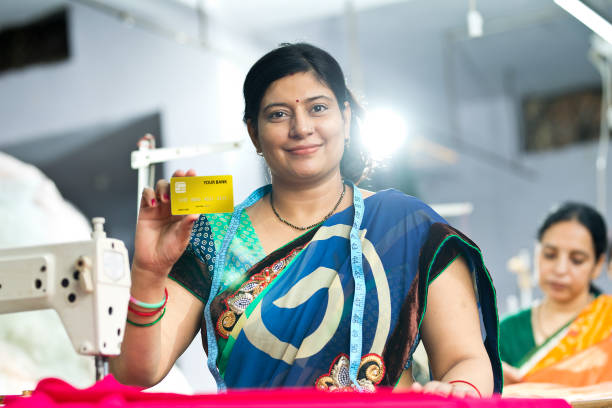Introduction –
One of the most complex processes is to built a payment gateway, therefore, it is very important for you to have clarity in your plans before you begin. Before, you begin, there are a plethora of technical factors that you need to think about, that will assist you in making serious decisions about the skins (features), layout and also the architecture. Whenever you are developing the road map for payment gateway, you should simply take note of the following factors. The first and the foremost factor is to know about the interaction between the platform, merchants and customers. You can also check here about, becoming a payment processor. When you start creating a gateway, you will have to find out, how the clients and merchants will interact. Next, you should choose on which services and products the customers might want to sell each other. Also, do ponder on the question as to what makes different a merchant from a customer?
Can a Customer Become Merchant –
Other important things that you should look into are defining how the payment gateway will collect the information. How much information will the platform collect from the clients? And, will there be a private customer or corporate or both on the same platform. Users can be permitted to sell each other, in the case, the customers can become merchants on their own. Look here and learn more about, starting a credit card processing company. Now, it depends on whether the platform is C2C or B2C or B2B marketplace and whether one is adding businesses or individuals and you will have to think about things like KYC, onboarding process, legal needs for AML and more is there. Next, factor is integration. During the process of development, you will also give to check and prepare how you will add payment service providers to the payment gateway.
Adding Payment Service Provider –
Now, in adding a payment service provider to the payment gateway, it can be done in 2ways. The first is the PSP integration through API, an internal checkout page which is a portion of the platform’s frontend. Then, redirection leading the user to the payment providers elected external checkout page. Remember, communication is pivotal. You can send the information to your clients and merchants by integrating or combining message providers like SMS service or an e-mail service. Next, factor is scalability. So, when you are creating a payment gateway, you should know about the numbers, your numbers and how speedily you want the system to rise up. It means that you need to have a good idea about how busy the payment gateway will be and how many transactions, it will or can manage at a given point of time.
Add-on Factors to Consider on Scalability –
Some other points to consider are estimated or calculated number of transactions in few years or a year. Next, is maximum high load expected in a day, an hour or a minute or at certain times like during the main seasons. Time agenda for when the system will manage a specific transaction load. Remember, all your estimates will have affect on the design and the development process. Volume or numbers will affect the scalability. A payment gateway that manages mostly a few high-value transactions do not necessitate the same scalability as a system that manages a plethora of traffic and plenty of small transactions.

